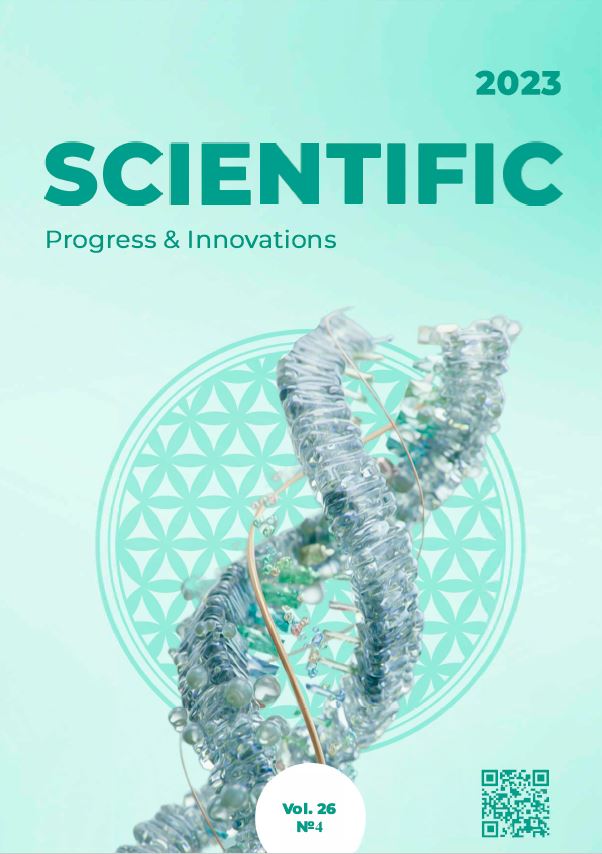Reproductive capacity of cows caused by genotypic factors
DOI:
https://doi.org/10.31210/spi2023.26.04.16Keywords:
conditional bloodlines according to the Holstein breed, daughter progeny of the bull, age, live weight, first insemination, first calving, nadir, fat content in milk, correlationsAbstract
on the influence of the Holstein breed heredity and the origin of the bull, the father of the offspring, on their manifestation are presented. The relationship between the signs of reproductive capacity and milk productivity is revealed. The research was conducted on animals from 9 controlled herds in different regions of Ukraine. The distribution of heifers and cows by genotype (conditional bloodlines in the Holstein breed) and paternal origin was carried out using the database of the dairy farming management system DFMS "Intesel-Orsek". It was found that the increase in the conditional blood of the Holstein breed in the genotype of Ukrainian Black-Pied suckling breed heifers does not clearly accelerate the process of animal reproduction. Among the two genotypic factors of improving the age of first insemination of heifers: heredity of the Holstein breed and the bull, it is better to focus on the bull, the father of the offspring. Between heifers of different conditional bloodlines both within the same group and between groups, no significant difference in live weight during the first fertile insemination was found, although among heifers of I – III genotypic groups the most massive were the daughters of the bull Jupiter 27640964506 and D. Frosty 131520543, and of group IV – Jupiter 27640964506 and Shirley 447860719. Studies have not established a positive relationship between the live weight of heifers during the first insemination of the daughters of the corresponding bull and the increase in conditional bloodiness in their Holstein genotype. In heifers of the studied genotypic groups, the age of first insemination does not correspond to live weight during this period due to low feedback, except for individuals of group IV. At the same time, the age of first insemination in individuals of all genotypic groups had a direct relationship with the age of first calving (r = +0.930...+0.939; P<0.001). Between the age of first insemination and milk yield of firstborn cows, a high and medium strength reliable inverse correlation was found (r = -0.534...-0.821; P<0.001), according to which early involvement of heifers in reproduction will contribute to high milk yield during the first lactation. The relationship of the age of first insemination with the fat content in the milk of firstborn cows, except for the first group, was opposite to the milk yield, indicating a change in the traits in one direction.

 Creative Commons Attribution 4.0 International Licens
Creative Commons Attribution 4.0 International Licens